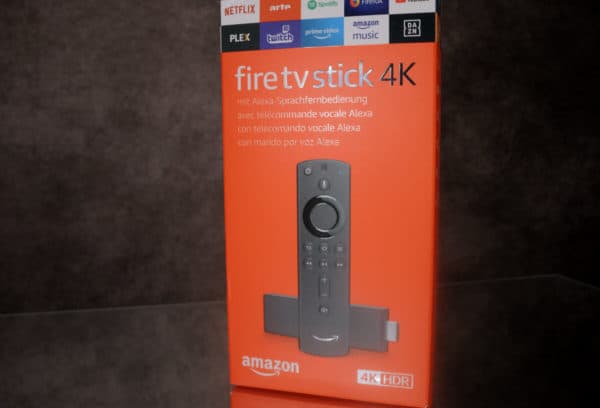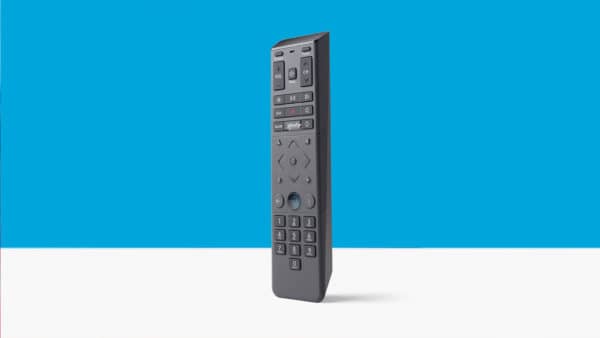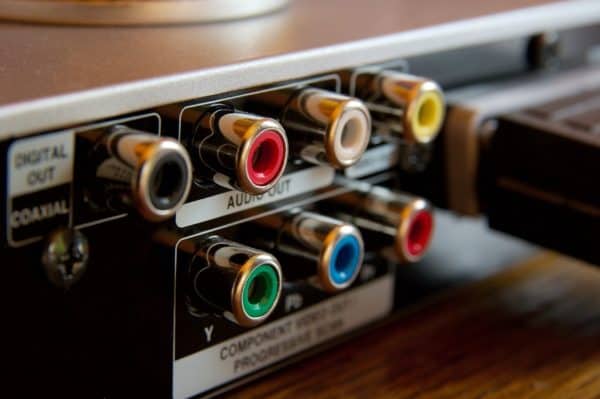Use Your Computer to Save on Costly DVR Services [ARTICLE]
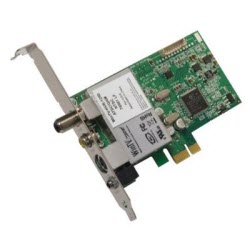 Did you know you can record television shows using your computer? Hardware and software advances are making it more realistic for noobies than ever before. With a newer television and ample computer hard drive space, you can watch TV shows on the go from your laptop, edit and share clips of memorable TV moments, or simply watch your favorite shows at times more convenient for you.
Did you know you can record television shows using your computer? Hardware and software advances are making it more realistic for noobies than ever before. With a newer television and ample computer hard drive space, you can watch TV shows on the go from your laptop, edit and share clips of memorable TV moments, or simply watch your favorite shows at times more convenient for you.
What You Need
With so much television programming available on the Internet today—through network’s sites, iTunes.com, Hulu.com and other online resources—you may have decided to bypass the television completely. If not, you can use your everyday computer or a dedicated computer-turned-media-server to record television programming.
To record high-definition video, you’ll want a relatively new television with at least one HDMI (preferred) connection to create an interface between your television and your computer. The HDMI connector cables are available for about $10 on Amazon.com. But, before you order one, consider where you’ll be setting up your computer in relation to your TV and order one that’s long enough to make ends meet. If standard video quality will do, you can use composite or S-video connectors.
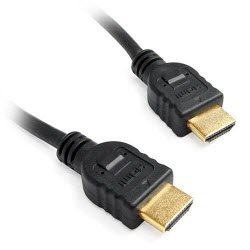
Next, make sure your computer is prepared to read the signal from your television provider. If your computer doesn’t already have one, it will need a television tuner card. If one didn’t come installed in your computer, add an external tuner via a USB port for as little as $50.
And, since video generally takes up a lot of hard disk storage space, you’ll want to make sure your hard drive is up to the task. Your exact needs will depend on how many shows you plan to record and keep, but 500 GB of available hard disk storage should get you started. Expect to spend anywhere from $50-$100 for this component.
Since you’ll physically need to connect your computer and television, you may want to dedicate a computer for the sole purpose of recording and playing back TV shows—basically turning it into a media server. You’ll get better performance from a computer that isn’t being asked to simultaneously commit resources to other tasks, and you’ll avoid having everyday computer activities, like using Internet Explorer to check Facebook statuses, to cause crashes or hang-ups that could interrupt your recording of Grey’s Anatomy. A dedicated computer can stay connected and powered on 24/7, requiring one-time-only setup and guaranteeing that it will always be ready for the next episode of Oprah.
If you have a limited budget, you can always dual purpose a laptop: plug it into the TV to watch or record then unplug it for business as usual. Either way, a computer with an extra-zippy processor will best handle all the behind-the-scenes work you are asking of it.
What You Get
The HD in HDMI cable stands for high definition—meaning your recordings can be played back in the same quality they were originally broadcast. For full enjoyment of this high-definition video, play back your video on your HD TV or on a widescreen computer monitor.
And, for truly “must-see” TV, shows saved as files on your computer’s hard drive will be part of the same secure backup process you use for your other computer files. Even TiVos pricey monthly service doesn’t offer that kind of assurance.
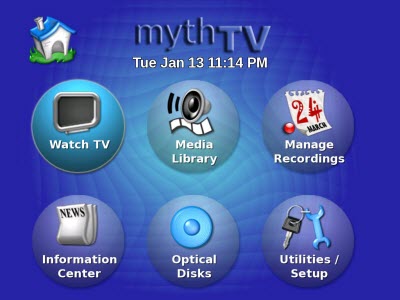
What You May Miss
If you’re used to helpful TV guides and navigation tools from cable companies, satellite providers and other subscription services, be prepared for a less intuitive experience when saving TV shows to your computer. However, free, open-source DVR software like Myth TV may help fill the gap, giving you a more TiVo-like experience.
If you were hoping to record the next episode of Showtime’s Weeds to share with your cousin, you may run into trouble. Any TV programming that requires a converter box, including digital cable channels, digital satellite channels, video-on-demand programs and pay channels, arrives encrypted and requires decoding. Bypassing the converter box to record or play back the video will fail.
What the Future Holds
This workable solution can help noobies avoid higher-cost DVR options for now. However, the future should bring even more television viewing options. Advances in wireless technology should eliminate the need for cables, and emerging open-source software solutions, like Myth TV, will provide DVRs with worthy competition.

